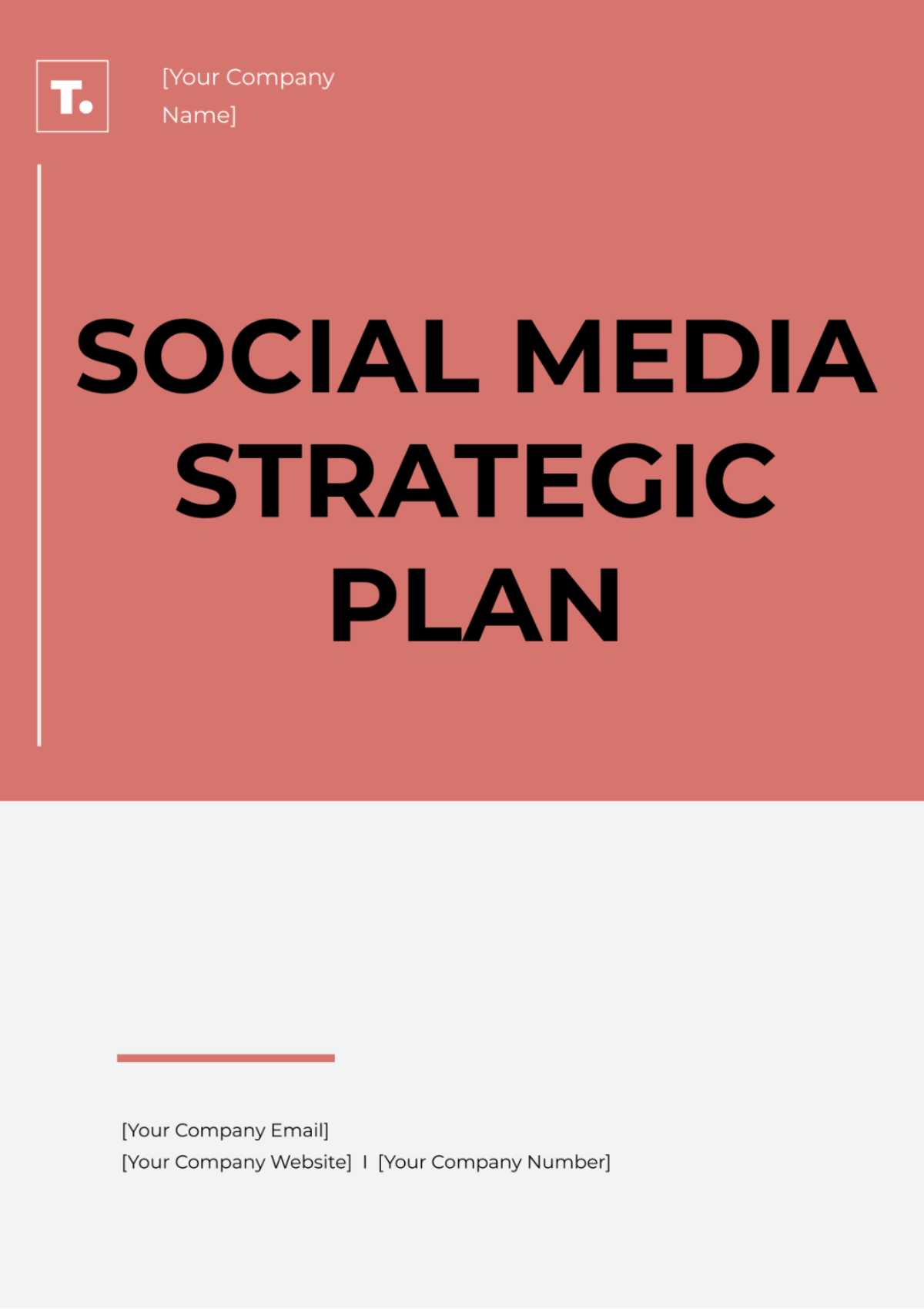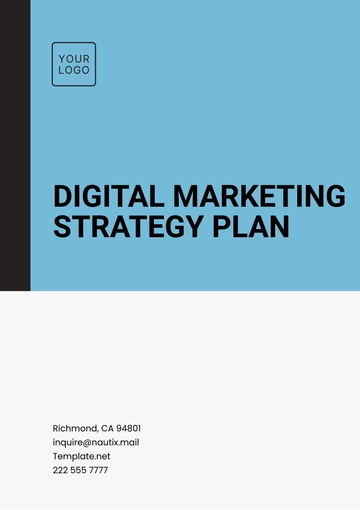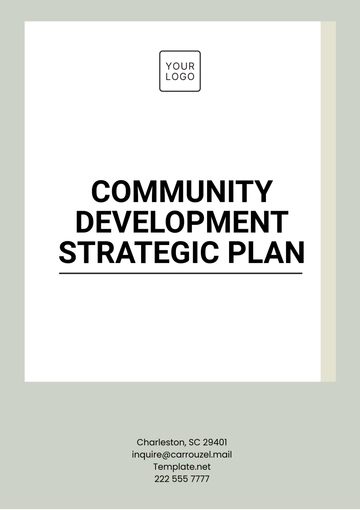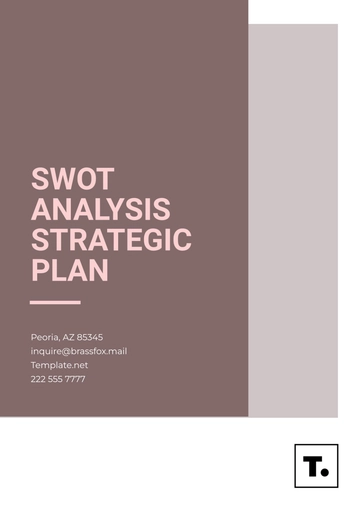Social Media Strategic Plan
I. Executive Summary
The social media strategic plan aims to outline [YOUR COMPANY NAME]'s overarching approach to utilizing social media platforms effectively. It includes strategies, goals, target audience identification, content planning, engagement tactics, and performance measurement to ensure alignment with business objectives.
II. Goals
Increase Brand Awareness: Enhance visibility and recognition of [YOUR COMPANY NAME] among the target audience.
Drive Engagement: Foster meaningful interactions and connections with followers to build a loyal community.
Generate Leads/Sales: Convert social media engagement into tangible business outcomes, such as leads and sales.
III. Target Audience
Demographics: [AGE RANGE, GENDER, LOCATION, INCOME LEVEL]
Interests: [INTERESTS AND HOBBIES]
Behaviors: [PLATFORMS THEY FREQUENT, ENGAGEMENT PATTERNS]
IV. Platform Selection
A. Primary Platforms
Facebook: Utilize for broad reach and targeted advertising.
Instagram: Leverage visual content to engage with a younger demographic.
LinkedIn: Target professionals and B2B clients through thought leadership content.
Twitter: Engage with users through real-time conversations and updates.
B. Additional Platforms
Pinterest: Reach users seeking inspiration and products through visually appealing pins.
YouTube: Utilize video content for tutorials, product demonstrations, and brand storytelling.
V. Content Strategy
Content Types: Determine the types of content to be shared, such as blog posts, videos, infographics, etc.
Content Themes: Identify overarching themes and topics that align with the brand and resonate with the audience.
Content Calendar: Plan content creation and publication schedule to maintain consistency and relevance.
VI. Engagement Tactics
Responding to Comments: Engage with followers by responding to comments, messages, and mentions in a timely manner.
Community Building: Foster a sense of community by encouraging user-generated content, hosting contests, and facilitating discussions.
Influencer Partnerships: Collaborate with influencers to amplify reach and credibility among their followers.
VII. Metrics and Measurement
Key Performance Indicators (KPIs): Define metrics to track success, such as reach, engagement, conversion rate, etc.
Tools and Analytics: Utilize social media analytics tools to measure performance and gain insights for optimization.
Regular Reporting: Provide regular reports to stakeholders, highlighting achievements, challenges, and opportunities.
VIII. Budget Allocation
Content Creation: Allocate funds for producing high-quality content, including design, photography, and video production.
Advertising Budget: Set aside a budget for paid promotions to boost reach and engagement.
Tools and Resources: Invest in social media management tools, analytics platforms, and training resources.
IX. Risk Management
Reputation Management: Monitor online conversations and address any negative feedback or crisis situations promptly.
Privacy and Data Security: Ensure compliance with data protection regulations and safeguard user privacy.
Emerging Trends and Challenges: Stay abreast of industry trends and anticipate potential challenges to adapt strategies accordingly.
X. Implementation Plan
Timeline: Define a timeline for implementing various components of the social media strategy.
Responsibilities: Assign roles and responsibilities to team members involved in content creation, community management, and analytics.
Testing and Iteration: Continuously test and iterate strategies based on performance data and feedback.
Plan Templates @ Template.net






























